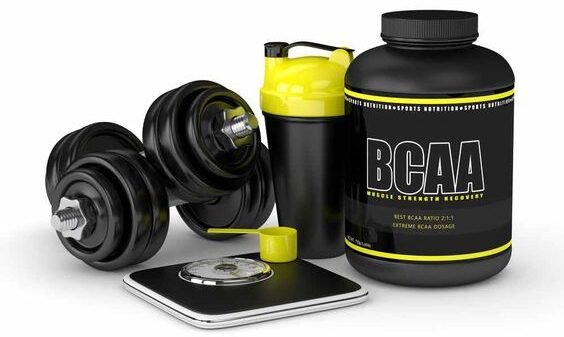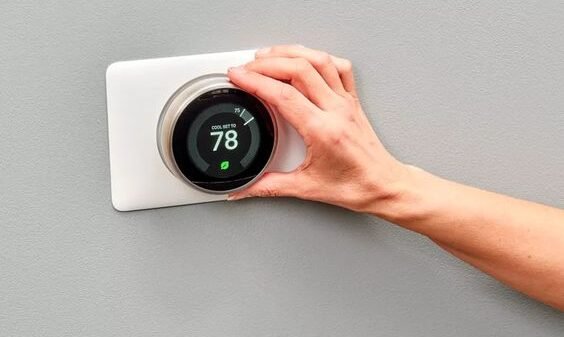OSHA’s primary mission is to protect workers from workplace hazards, and this includes regulating temperature conditions. Extreme temperatures, whether hot or cold, can lead to health issues, reduced productivity, and increased workplace accidents. OSHA recognizes these risks and has established guidelines to address them. Employee must complete their OSHA 30-Hour in spanish course to prevent workplace safety.
According to the U.S. Department of Labor Secretary Marty Walsh;
“Throughout the nation, millions of workers face serious hazards from high temperatures both outdoors and indoors. Amid changing climate, the growing frequency and intensity of extreme heat events are increasing the dangers workers face, especially for workers of color who disproportionately work in essential jobs in tough conditions.”
It has been found that temperature and humidity are the most crucial factors that can have a positive impact on the safety and health of employees. Hot and cold temperatures might cause severe injuries and fatalities. So, it’s vital to contemplate the OSHA temperature working conditions, and humidity.
OSHA Standards for Temperatures and Humidity
The Occupational Safety and Health Administration agency of the United States has set some specific OSHA temperature guidelines to make workplaces better and healthier for employees. Providing employees with accurate temperature and humidity in indoor and outdoor work premises, will not only improve employee health but also increase their loyalty and productivity towards organizations. You can also do OSHA workplace safety courses online with 360SOHA30.com.
However, the thing you need to contemplate is OSHA didn’t set particular temperature guidelines, but they have suggested a range between 20% to 60% humidity and 68 to 78 degrees Fahrenheit to maintain comfortable workplace temperature. As per the U.S. Bureau of Labor Statistics, in 2019, there were almost 43 work-related fatalities due to heat exposure; this might be lower if compared with 2011. At that time a record of 61 deaths, however, the number was greater than the average from 2012 to 2018.
However, extreme humidity and temperature may increase heat stress levels and other health hazards among employees, so employers are advised to consider the protection of workers from these risky conditions. In this guide, you will read OSHA indoor and outdoor temperature regulations;
OSHA Office Temperature/Humidity
Maintaining a comfortable and safe indoor office environment is essential for employee well-being and productivity. OSHA, however, does not specify a specific temperature range for office settings. Instead, it relies on the “general duty clause” of the Occupational Safety and Health Act, which mandates employers to provide a workplace that is free from recognized hazards, including extreme temperatures.
Employers should consider factors like humidity, air circulation, and employee clothing when setting office temperatures to ensure a comfortable and safe environment. However, OSHA indoor temperature regulations should range from 68 to 76 degrees Fahrenheit and less than 50% humidity.
- Employers should monitor weather conditions and adjust work practices accordingly, particularly in extremely hot conditions.
- Employers must use engineering controls like ventilation and cooling systems to reduce heat exposure.
- Employers need to develop and implement a heat illness prevention program that includes acclimatization plans, rest breaks, and training on recognizing and responding to heat-related illnesses.
- Employers are required to provide employees with access to clean and cold drinking water throughout the work shift.
OSHA Hot Temperature Regulations
Hot water is commonly used in workplaces, such as in industrial processes or for cleaning purposes. To prevent scalding and burns, OSHA has established regulations for hot water temperature. According to OSHA, hot water should not exceed 100 degrees Fahrenheit (37.8 degrees Celsius) in lavatories, showers, and other similar facilities.
Employers must regularly inspect and maintain water heaters and mixing valves to ensure compliance with these regulations. Working in hot environments can lead to heat-related illnesses like heat exhaustion or heat stroke. OSHA provides guidelines for employers to protect workers in such conditions. Some key considerations include:
- Employers should ensure that workers have access to cool, potable water and encourage frequent hydration breaks.
- New employees and those returning from extended leave should be gradually acclimatized to hot working conditions to reduce the risk of heat-related illnesses.
- Employers must provide appropriate protective gear, such as heat-resistant clothing and personal cooling devices, when necessary.
OSHA Cold Temperature Regulations
For outdoor work in cold weather, employers should consider wind chill factors in addition to temperature. Wind chill can significantly affect the risk of frostbite and hypothermia. OSHA recommends monitoring weather conditions and adjusting work schedules to minimize exposure to extreme cold.
Working in cold conditions can lead to cold stress, which includes conditions like hypothermia and frostbite. While OSHA does not set specific temperature limits for cold working conditions, it offers guidelines to protect workers. Key considerations include:
- Employees must wear appropriate clothing, including insulated jackets, gloves, and hats, to minimize heat loss.
- Employers should encourage short, frequent breaks in warm, dry areas to allow workers to warm up and prevent cold-related injuries.
- Employees must be trained on the symptoms of cold stress, and regular monitoring of weather conditions should be conducted to determine the risk of cold stress.
- Employers should provide warm shelters where employees can take breaks and warm up when necessary.
OSHA Warehouse Temperature Regulations
OSHA warehouse temperature regulations do not specify temperature limits due to different working conditions. They often have varying temperature conditions due to their size and the nature of the work conducted within. So, in this situation, employers should take proactive measures to prevent heat stress and cold stress based on their unique conditions. This may include providing adequate ventilation, insulation, and breaks for employees working in extreme temperatures.
Best Tips for Employers to Maintain Workplace Temperature
Strategic Program to Maintain Heat & Cold
Once you have identified the potential hazards related to the temperature and humidity in your workplace, it might be an excellent chance for you to develop strategic plans to measure workplace temperature regularly. Ensure that your workers are aware of the risks and preventive measures for heat and cold stress. This will help them take proactive actions without delay and establish procedures for responding to heat and cold stress-related emergencies.
Collaboration with Employees
As an employer, it is your responsibility to maintain good communication with your employees. This may be one of the best techniques to make sure that your construction sites or offices are free from temperature- and humidity-related hazards. You need to encourage employees to give their feedback on hot and cold temperature limits and humidity conditions. Additionally, involving employees in the development and improvement of safety policies will surely help in mitigating hazards in the workplace.
Regularly Review Your Workplace
Regular inspections and employee feedback are keys to reducing temperature- and humidity-related illnesses and injuries at workplaces. You need to review your sites to make sure that heating, ventilation, and cooling systems are regularly inspected and maintained. Ensure that personal protective equipment works properly and is adequate for extreme temperature conditions.
To Wrap Up the Things
OSHA’s temperature and humidity regulations are designed to safeguard the health and well-being of workers across various industries. While OSHA does not provide specific temperature limits for all workplaces, it emphasizes the importance of providing a safe and comfortable working environment. Employers must assess the unique conditions of their workplaces, implement appropriate measures, and prioritize the safety and comfort of their employees to comply with OSHA regulations effectively. Regular training and monitoring are crucial to ensuring a safe working environment, especially in extreme temperature conditions.
Also read:
Enhance Your Trading Decision-Making With GOC Technology’s Next-Gen FinTech Solutions
Cloud Of Daggers 5e Overview In Simple Words
Things Every Sports Fan Must Know About P2P4U





























































